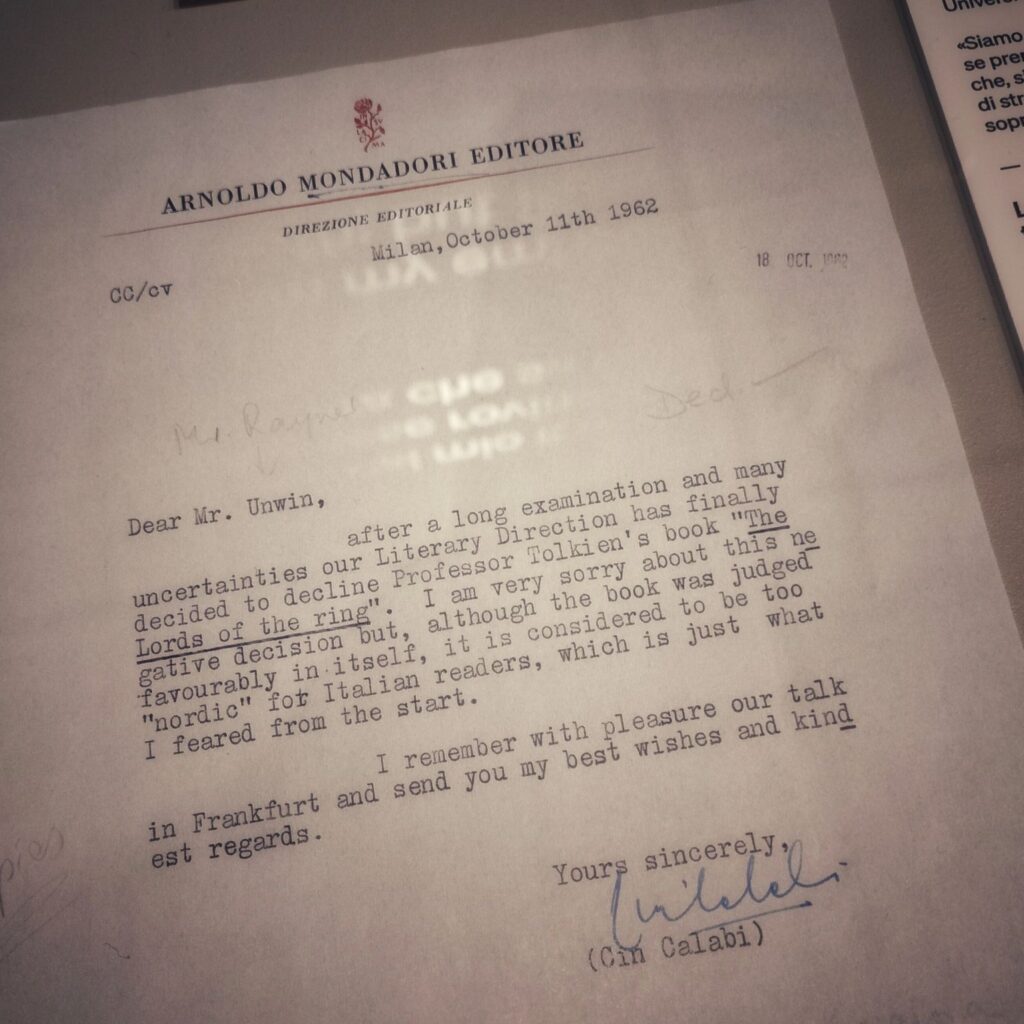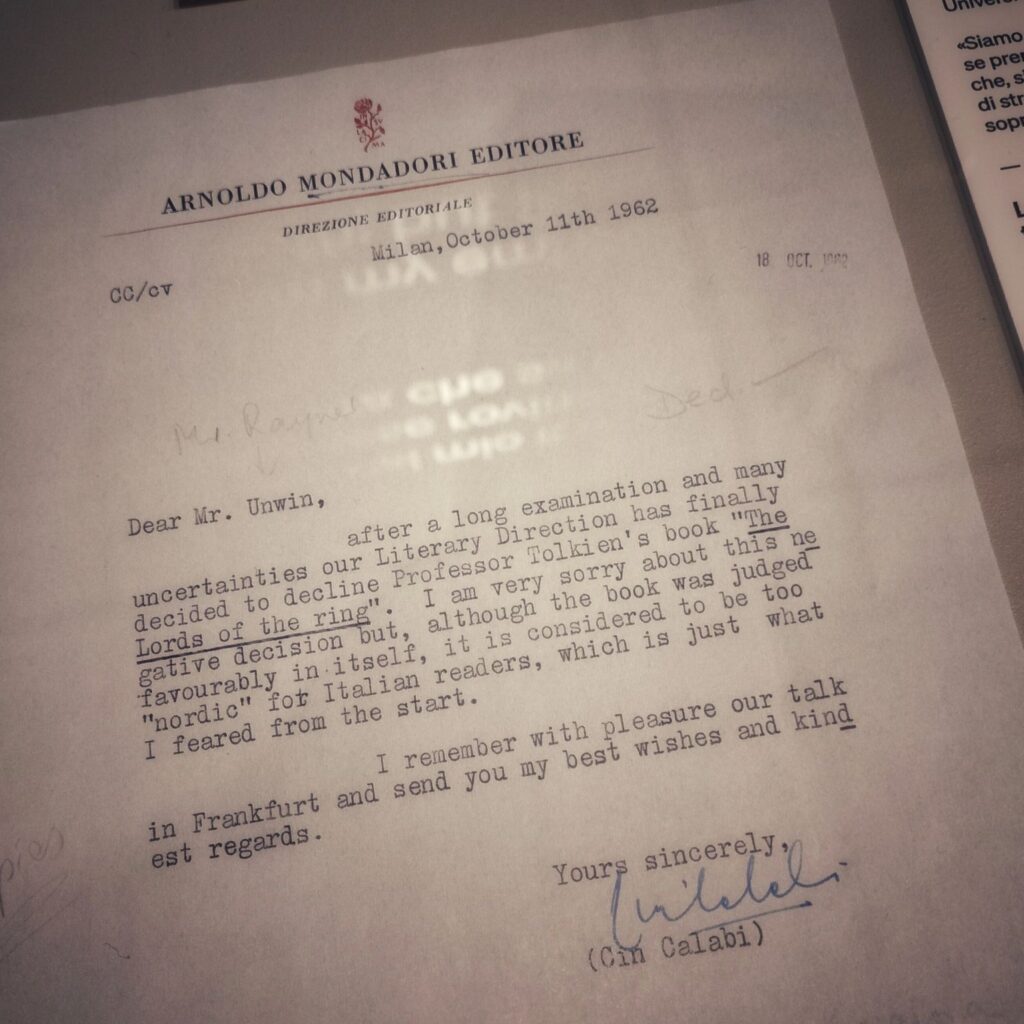As every year, Mr. Matthew Ball dropped a set of slides containing his takes on the state of the games industry. You can read it here in multiple formats.
To me it’s interesting to read these documents mainly to understand the mentality of business people. But those charts and sentences are fundamentally biased towards the macro. The rational side of the business of making games, the statistics. They ignore most of the other part, which exists and it’s equally important. The intuitive side of games, the art. The “we make this game because we believe that we need to say these things”. That is also what makes games so great.
Also, I do not agree with his call for growth. He says that videogames overgrew the countries GDP and then he says that the industry should grow further? I don’t think so. The industry should become more realist, instead.


